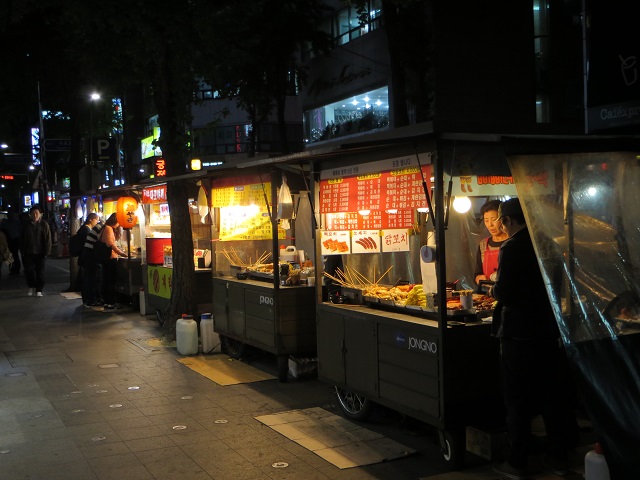
Last week Jan Chipchase had given us an idea of a relationship between the top 3 items people carried out against the significance of it. This week, Chapter 4 of Jan Chipchase book had given me another insight into behaviors of people according to how they deal with their belongings.
It is common to see people front-packing in certain countries but not in Singapore. Personally, when my family went to China for holiday, our parents will insist that we wear our slingbags before putting on our jacket so that the bags will not be seen easily. Apparently, the reason for this was that there are many cases of robbery in China, basically robbers will snatch your bag while you are walking on the street. I did realized that this way of carrying bag is very common in China too.
On top of that, sometimes girls tend to touch up etc in the toilet where they will put their bags on the basin counter. However, in China, the girls will still carry their bag while doing so. Hence, this is quite similar with the example of Meili in Chapter 4.
It is very common in Singapore to have a wide range of distribution. Even myself, when I am going to the canteen, I am perfectly fine with leaving all my stuffs (including laptop) in classroom too. However, my range of distribution differs according to the setting that I am in.
Jan Chipchase also discussed about the great unburdening. The digitalized society is definitely convenient but also something like “putting all the eggs in one basket”, which can be really risky. This topic is definitely the current hot topic in Singapore due to recent PM Lee’s speech about driving towards a Smart Nation. One of my greatest concern about this will be the widening gap between certain groups of the society (For eg, non-tech savvy elderly VS tech-savvy population). It is difficult for them to catch up with the current state of technology and it will be very difficult to educate them about it too.
Jan Chipchase also discussed about delegation of tasks. One of the closest possible full delegation of task that I could imagine will be having Artificial Intelligence (AI) taking over certain part of our life. For instance, having an AI as a personal assistant to help us in our life. This aspect of technology had been greatly explored on recently too, by Facebook and Google. However, this is definitely a risk-taking exploration as none of us can accurately predict how will it turn out.
All in all, personally I am supportive of small changes to user experiences but definitely not strongly supportive of having large scale development on technology such as AI. Digitalized society will definitely bring about great convenience to users, but how do we actually make sure that it is the right amount of digitalization that it benefits all and not at a cost of certain group of people.


